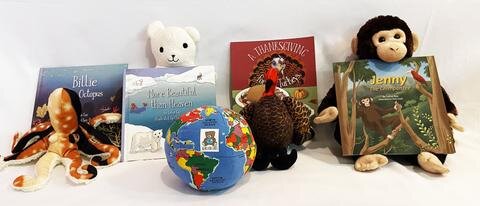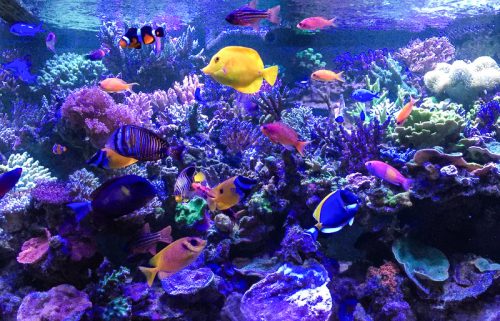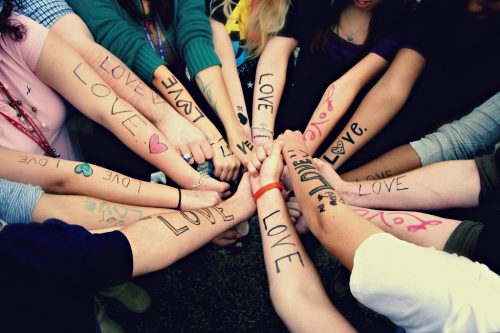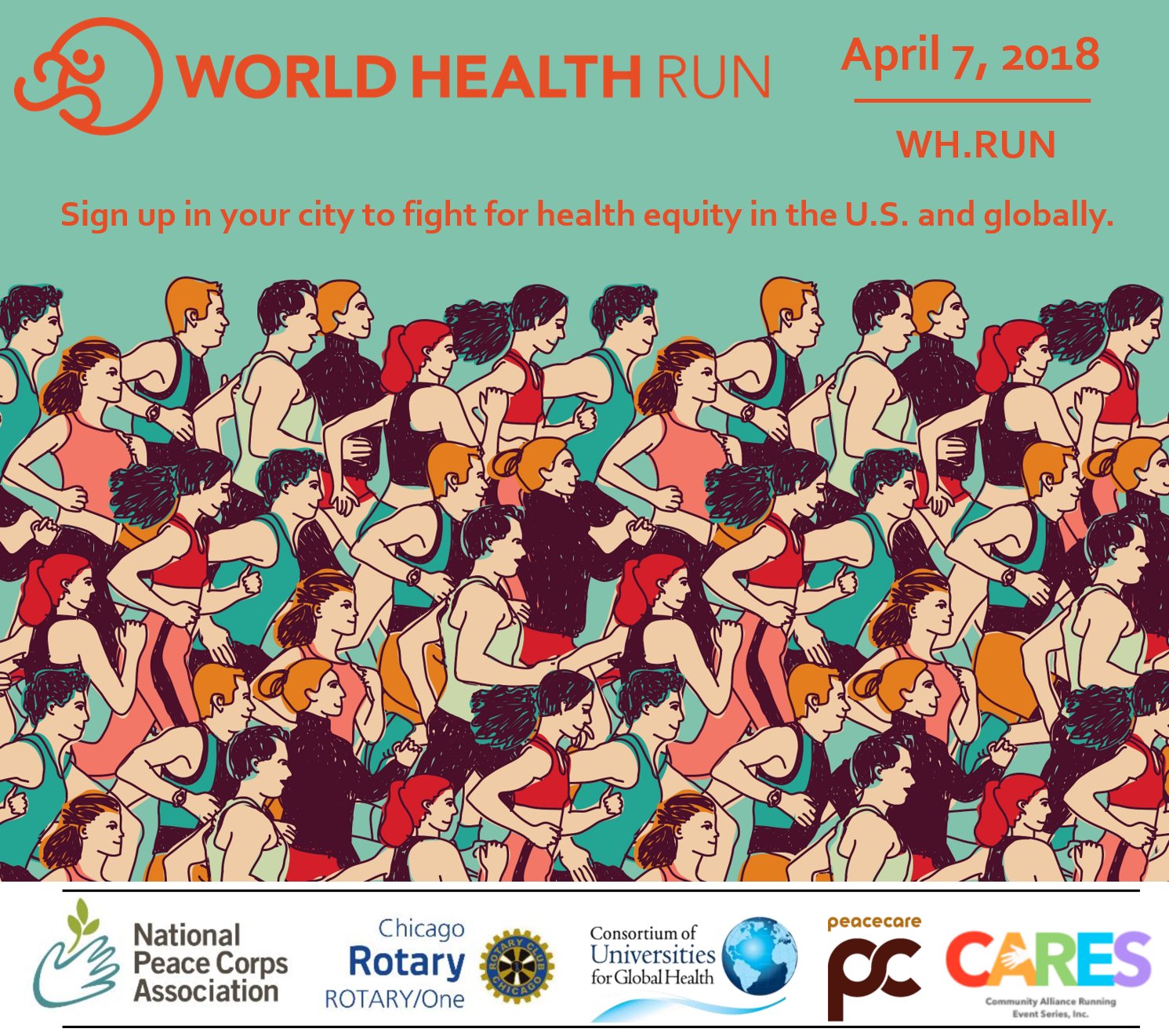
A youth service program for young people of all ages, Roots & Shoots, an initiative of the non-profit Jane Goodall Institute, awarded their Project of the Month for July to Bears for Cares children’s books and plush toys, designed for little readers to learn about the beauty of nature, the endangered state of wildlife, treating animals kindly and creating a more compassionate world.
In making the announcement, Adrienne Bermingham, Roots & Shoots USA National Program Director said, “This award goes to Bears for Cares for making a difference for people, other animals and the environment we share with your world-changing project!”
Authored by youth writer Lotus Kay, who is passionate about animals, the environment, and endangered species, and illustrated by Chey Diehl, the four books in the Bears for Cares series are “More Beautiful than Heaven,” “Billie the Octopus,” “A Thanksgiving for the Turkeys,” and “Jenny the Chimpanzee.” The books are told in rhyme and inspire children to care for and protect the earth, our environment, and our fellow wildlife inhabitants. Companion plush toys are available for each book.
Bears for Cares and the books will be featured in The Jane Goodall Institute’s “Good for All News” blog on the Roots & Shoots website, along with being promoted through the non-profit’s social media outlets, with a particular focus on “Jenny the Chimpanzee” in conjunction with World Chimpanzee Day, July 14, 2021.
A bonus to “Jenny the Chimpanzee” are inspirational quotes from world-renowned ethologist and environmentalist Dr. Jane Goodall, considered to be the world’s foremost expert on chimpanzees and founder of the The Jane Goodall Institute.
Upon receiving the books and toys, Dr. Goodall sent the following note to Lotus: “Dear Lotus, It is fantastic that you are writing these books – thank you so much for sending me some copies, including, of course, Jenny. And it is such a good idea to have soft toys with them. Children’s books are really important – and even more so because of the pandemic. Congratulations.”
Books are 26 pages, printed on recycled acid-free paper and are available as hardback ($14.95) and paperback ($9.95). Published by Eifrig Publishing, Bears for Cares books are recommended for ages 4-9. The books are also available with a companion plush toy from each story and retail for $49.95 each. To order the sets, visit Hugg-A-Planet.
The Bears for Cares campaign was founded by Lotus and her sister Jazmin Kay on Endangered Species Day. A portion of the proceeds from the sale of all books and toys will be donated to the Roots & Shoots program.






















